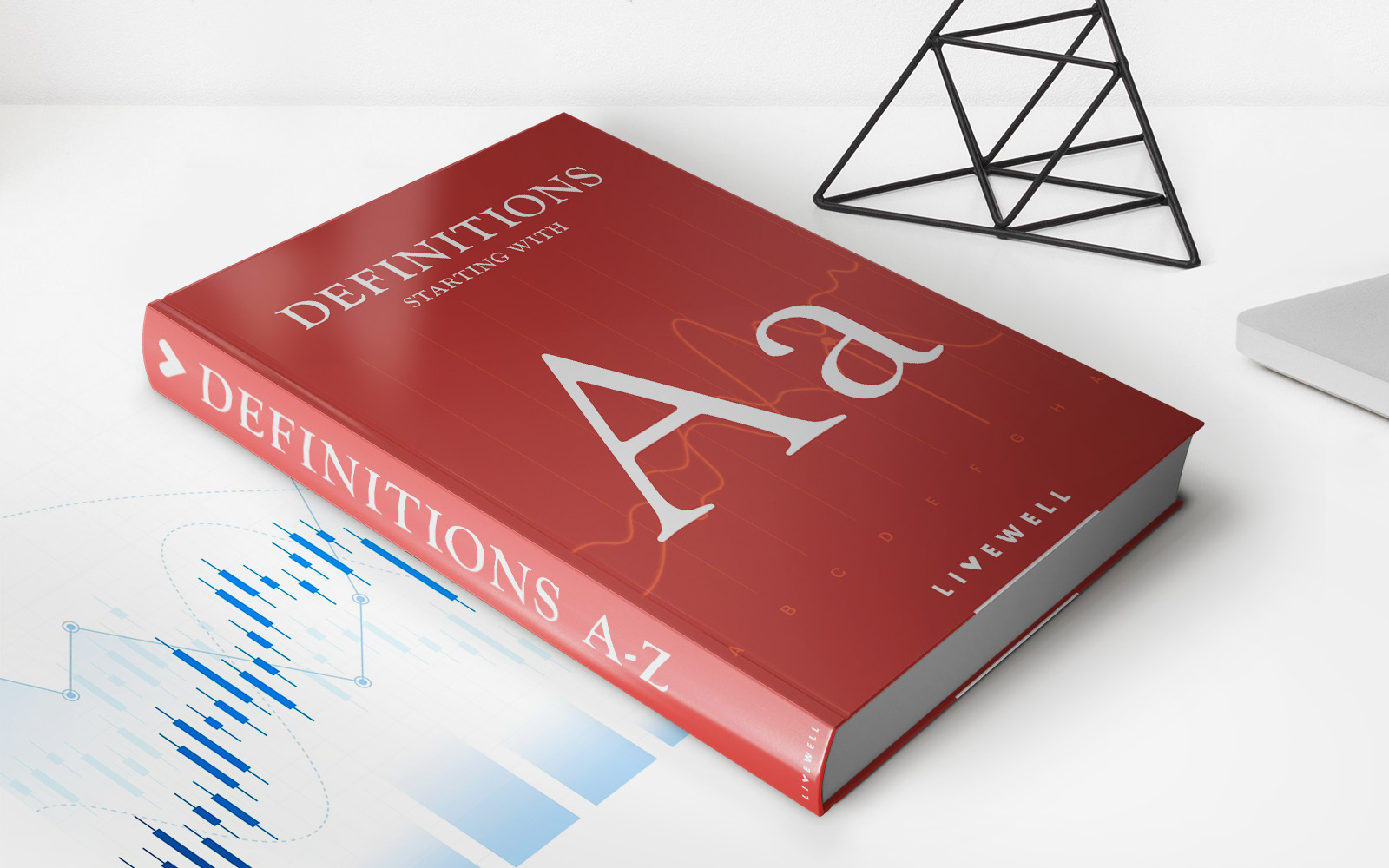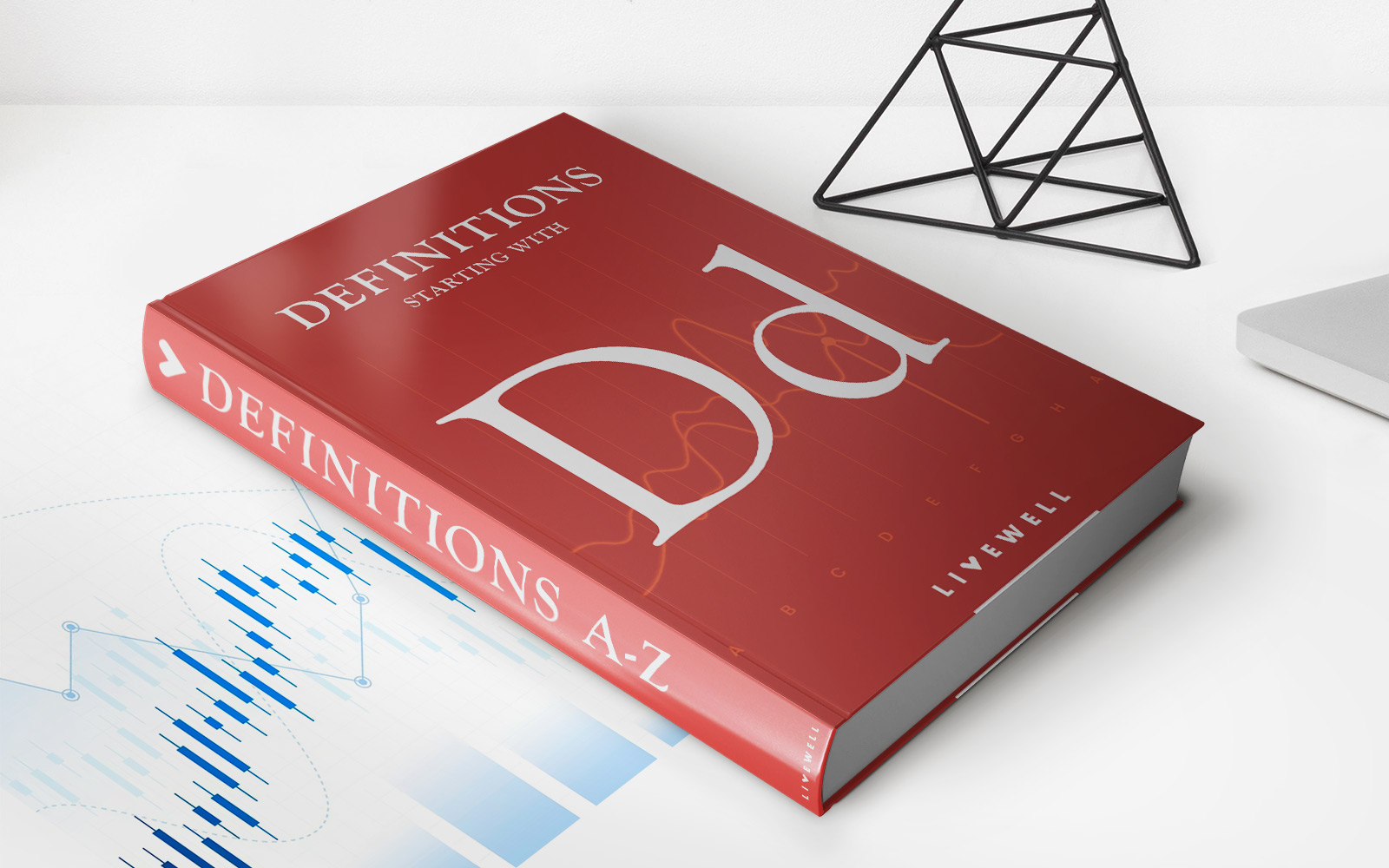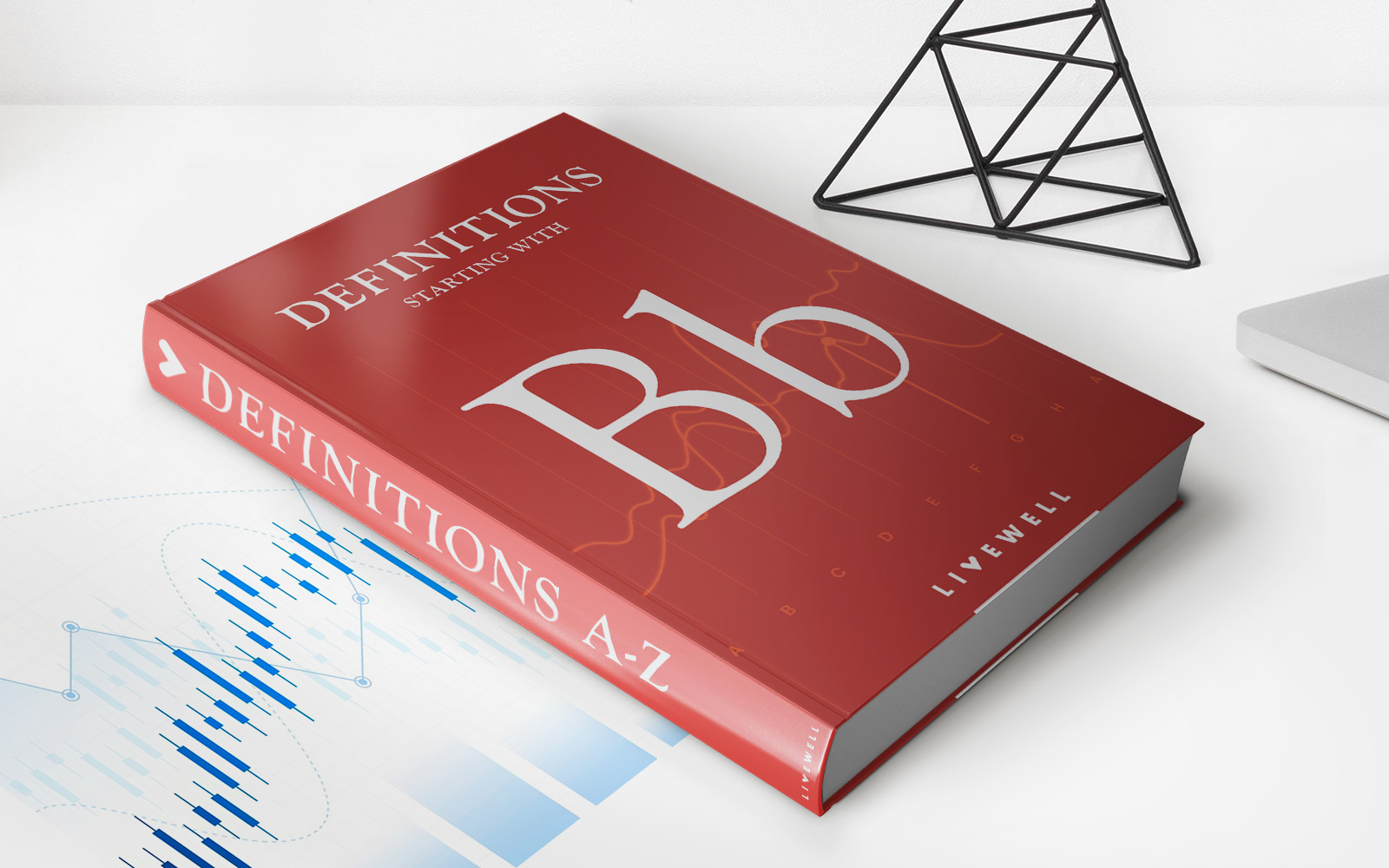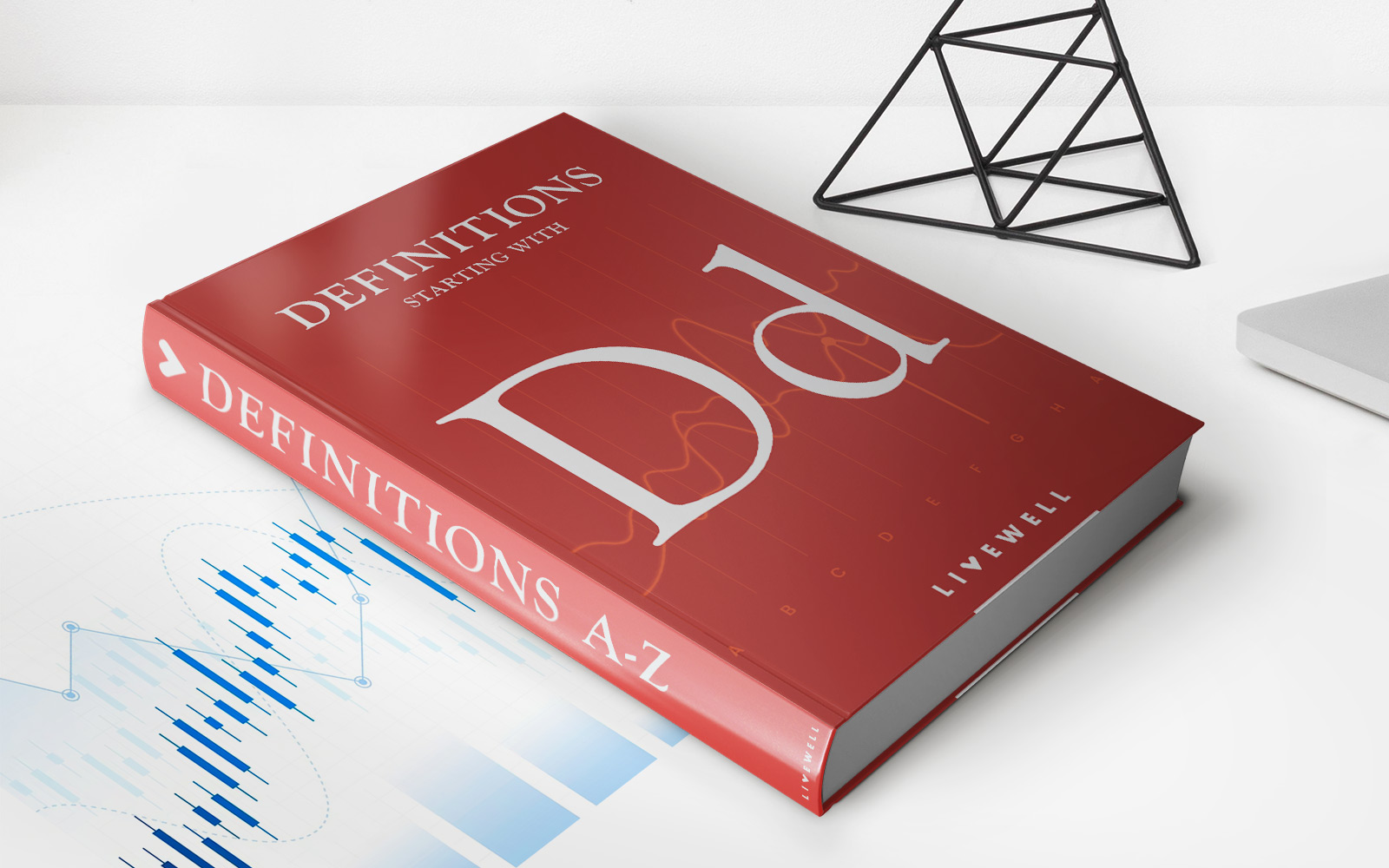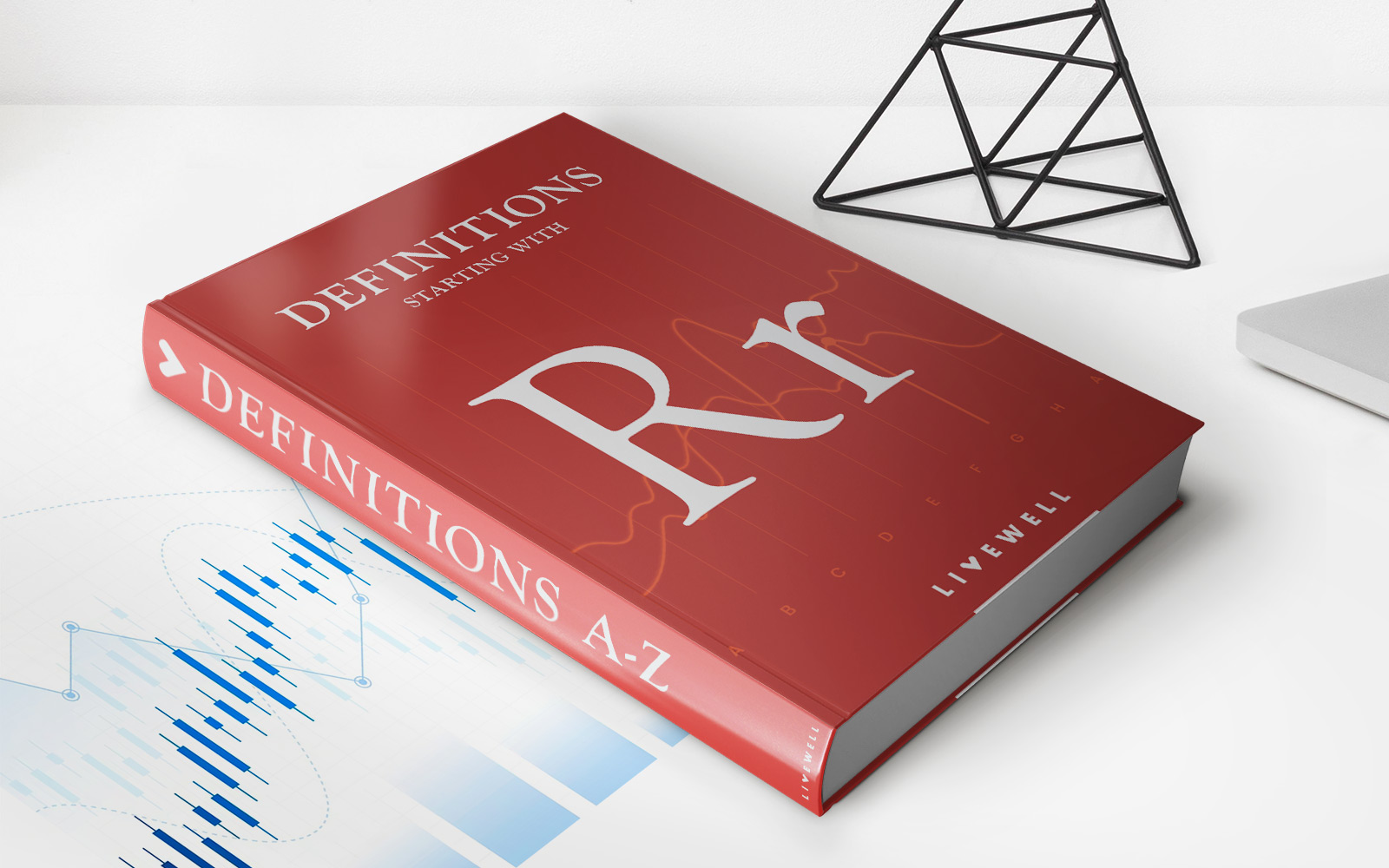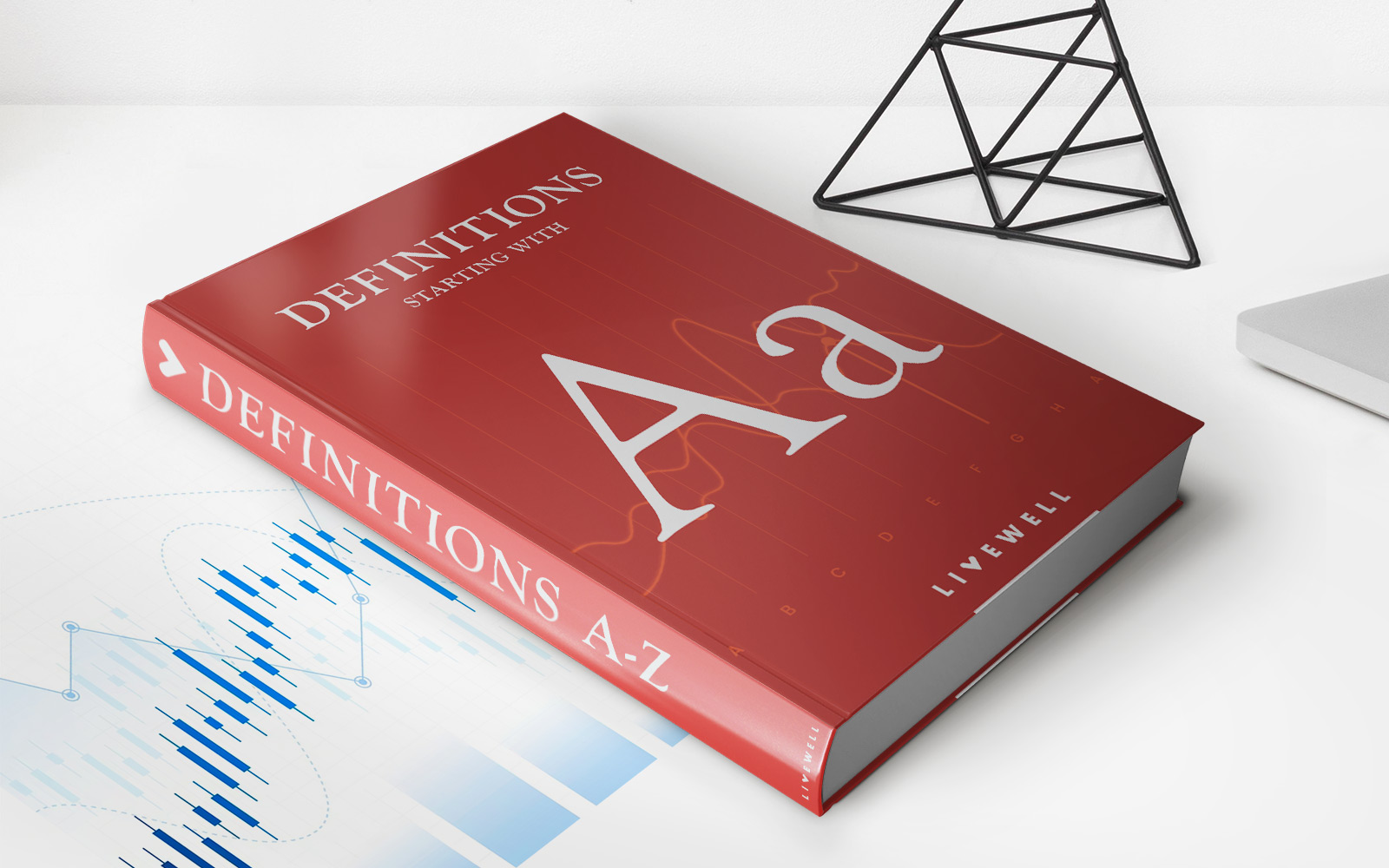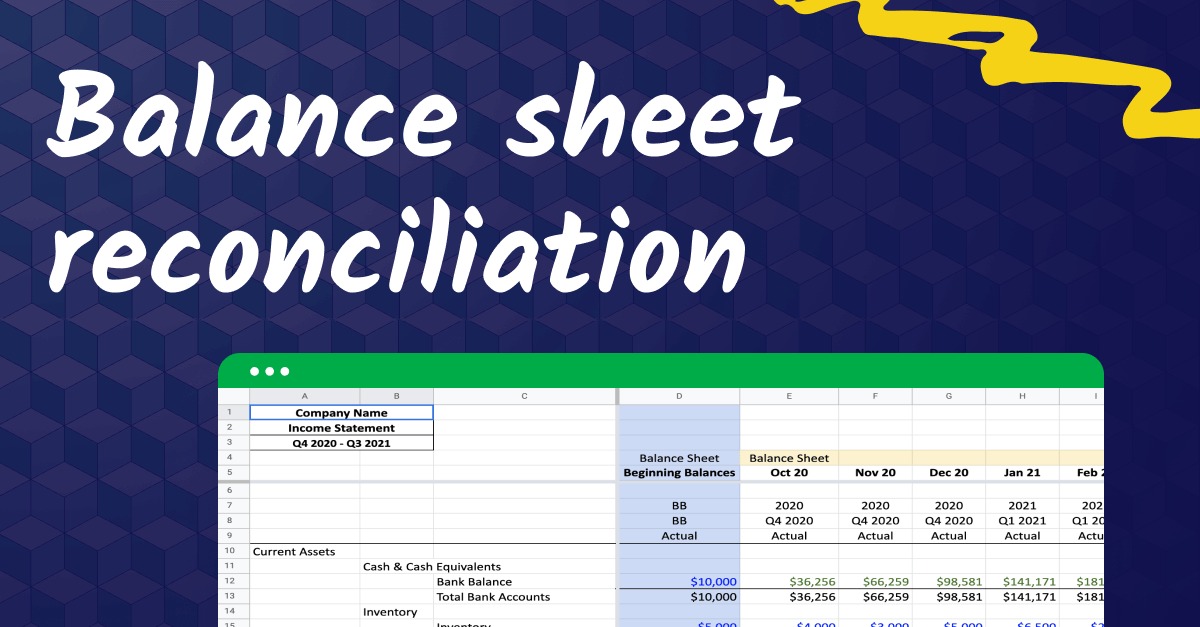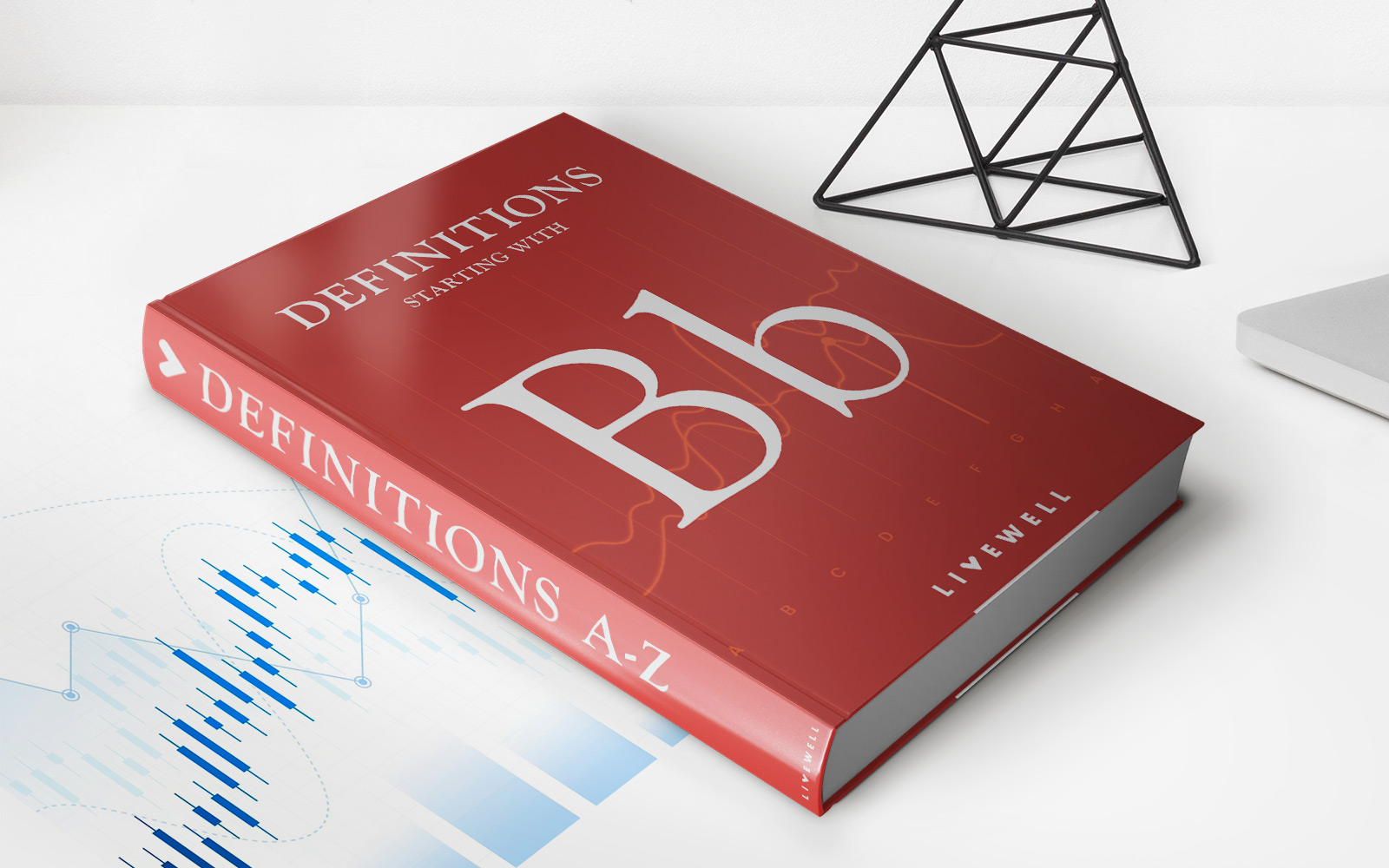Home>Finance>Duopoly: Definition In Economics, Types, And Examples
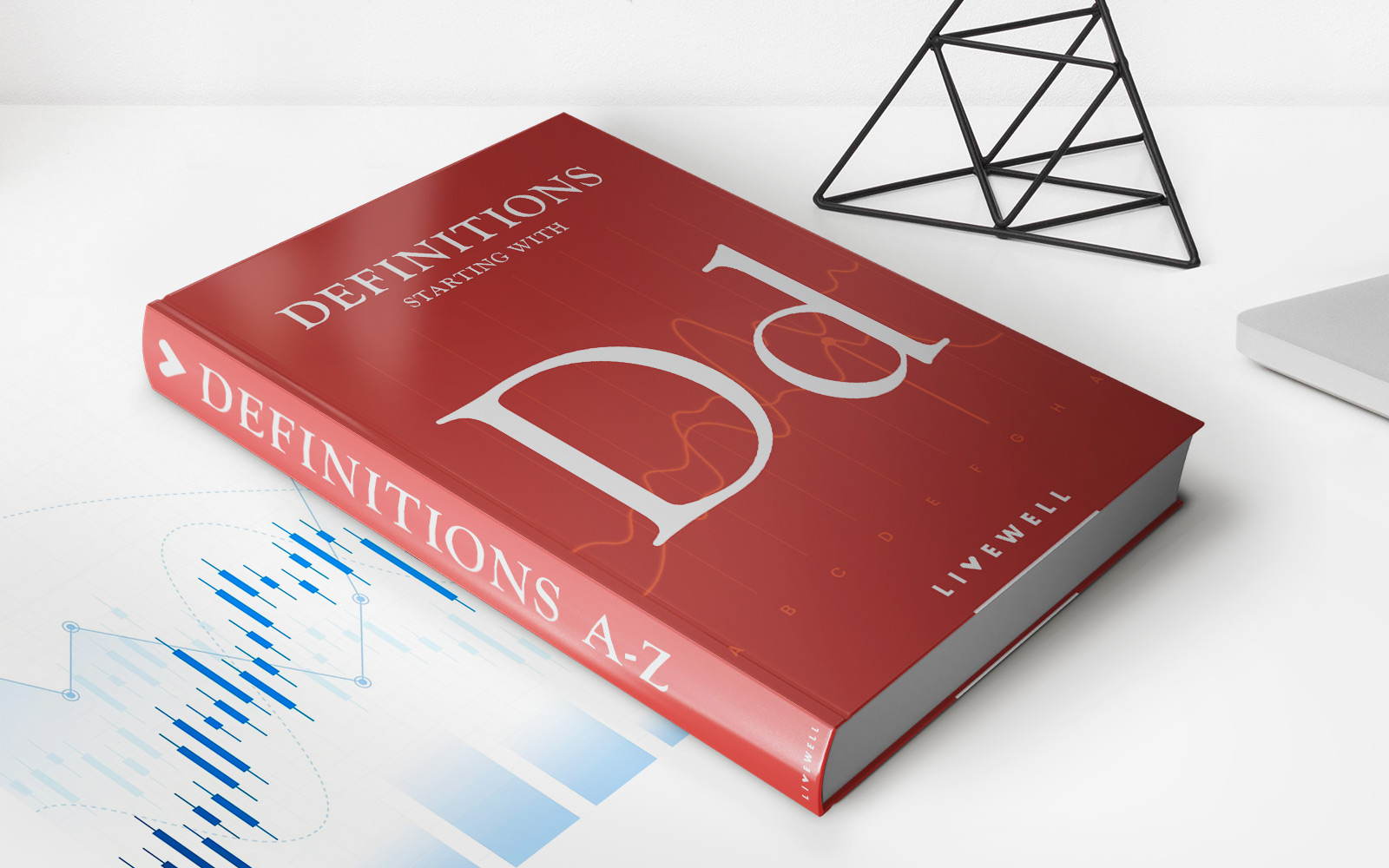

Finance
Duopoly: Definition In Economics, Types, And Examples
Published: November 15, 2023
Learn about the concept of duopoly in economics, its different types, and explore real-life examples. Enhance your understanding of finance.
(Many of the links in this article redirect to a specific reviewed product. Your purchase of these products through affiliate links helps to generate commission for LiveWell, at no extra cost. Learn more)
Duopoly: Definition in Economics, Types, and Examples
Welcome to the Finance category of our blog! Today, we are going to delve into the intriguing world of duopoly, a concept that holds significant relevance in the field of economics. Have you ever wondered what a duopoly is and how it affects markets? Well, in this article, we will provide a comprehensive explanation of duopoly, its different types, and share a few real-world examples to help you gain a better understanding of this fascinating economic phenomenon.
Key Takeaways:
- Duopoly refers to a market structure where there are only two dominant firms that control the majority of market shares.
- There are two types of duopoly: Cournot Duopoly and Bertrand Duopoly, which differ in terms of pricing strategies.
So, what exactly is a duopoly? In economics, duopoly is a market structure characterized by the presence of two dominant firms that possess a significant market share. These firms typically dictate the terms of competition within the industry and can have a considerable impact on market dynamics. Now let’s explore the two types of duopoly in more detail:
1. Cournot Duopoly: In a Cournot duopoly, both firms determine their output levels simultaneously, taking into account the anticipated response of their competitor. They base their decisions on the assumption of a fixed market demand. This type of duopoly is known for its quantity competition, where firms focus on adjusting their production levels to gain a competitive advantage.
2. Bertrand Duopoly: In a Bertrand duopoly, the two firms compete by setting prices, assuming their rival’s output remains fixed. Unlike the Cournot duopoly, the Bertrand duopoly is characterized by price competition. Each firm strives to offer a lower price than its competitor to attract customers. This intense price rivalry often leads to reduced profit margins for both firms.
Now that we have grasped the basics, let’s take a look at some real-world examples of duopoly:
- Coca-Cola vs. PepsiCo: The well-known rivalry between these two giants in the beverage industry is an example of a duopoly. These companies compete fiercely in terms of market share, marketing campaigns, and product innovation.
- Boeing vs. Airbus: Both Boeing and Airbus dominate the global aircraft manufacturing industry, forming a duopoly in the market. These companies battle it out for contracts from airlines worldwide, showcasing the competitive nature of a duopolistic market.
In conclusion, duopoly serves as a captivating concept in the field of economics, highlighting the dynamics between two dominant firms within a market. Understanding the different types of duopoly, such as Cournot and Bertrand, provides valuable insights into pricing and quantity competition. Real-world examples, including Coca-Cola vs. PepsiCo and Boeing vs. Airbus, demonstrate the existence and impact of duopoly in various industries. We hope this article has shed light on duopoly, enhancing your understanding of this intriguing subject.
